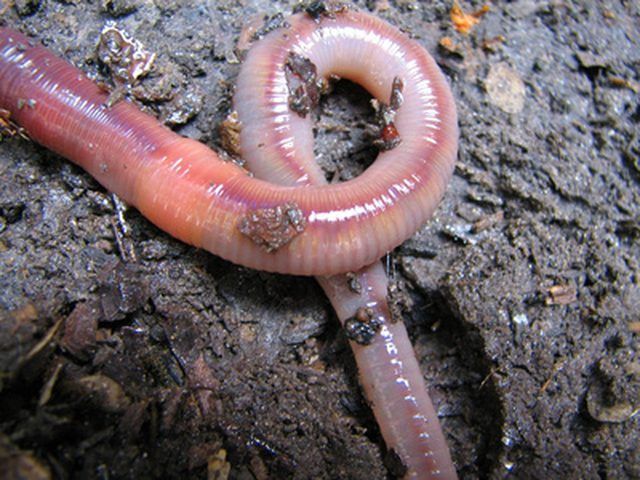Bulbs
Flower Basics
Flower Beds & Specialty Gardens
Flower Garden
Garden Furniture
Garden Gnomes
Garden Seeds
Garden Sheds
Garden Statues
Garden Tools & Supplies
Gardening Basics
Green & Organic
Groundcovers & Vines
Growing Annuals
Growing Basil
Growing Beans
Growing Berries
Growing Blueberries
Growing Cactus
Growing Corn
Growing Cotton
Growing Edibles
Growing Flowers
Growing Garlic
Growing Grapes
Growing Grass
Growing Herbs
Growing Jasmine
Growing Mint
Growing Mushrooms
Orchids
Growing Peanuts
Growing Perennials
Growing Plants
Growing Rosemary
Growing Roses
Growing Strawberries
Growing Sunflowers
Growing Thyme
Growing Tomatoes
Growing Tulips
Growing Vegetables
Herb Basics
Herb Garden
Indoor Growing
Landscaping Basics
Landscaping Patios
Landscaping Plants
Landscaping Shrubs
Landscaping Trees
Landscaping Walks & Pathways
Lawn Basics
Lawn Maintenance
Lawn Mowers
Lawn Ornaments
Lawn Planting
Lawn Tools
Outdoor Growing
Overall Landscape Planning
Pests, Weeds & Problems
Plant Basics
Rock Garden
Rose Garden
Shrubs
Soil
Specialty Gardens
Trees
Vegetable Garden
Yard Maintenance
How to Identify Worms in My Garden
How to Identify Worms in My Garden. The soil in a garden has many types of insects and worms that you don't see until you start digging. While many people cringe at the sight of these creatures, they are actually a sign that your garden is healthy. Worms in particular greatly benefit a garden by aerating the soil near plant roots and by providing...

The soil in a garden has many types of insects and worms that you don't see until you start digging. While many people cringe at the sight of these creatures, they are actually a sign that your garden is healthy. Worms in particular greatly benefit a garden by aerating the soil near plant roots and by providing natural fertilizer to the soil. There are several types of worm species found in a garden.
Things You'll Need
Garden spade
Flashlight
Insert a garden spade 5 to 6 inches into the soil of the garden and dig a hole. You should see one or two worms wriggling in the soil. If you do not see any worms, fill in the hole and choose another location.
Examine the coloring of the worm to see if it has a red tint. If so, then you have identified a red worm, also called a red wiggler. They thrive in areas of decomposed matter and probably were transferred to the garden via the addition of compost.
Pick up the worm with your fingers and watch it to see if it wiggles very quickly. If so, you have identified a manure worm, which is also called a bandling or an angleworm.
Wait until nightfall and point a flashlight at the surface of the garden to search for worms. If you spot worms on the surface, these are night crawlers. During the day, nightcrawlers dig 5 to 6 feet into the ground. You will only see them at night.
Look for any worms that are short and stubby, and have a white body. These worm are called grubs and are actually the larva of the Japanese beetle. They are harmful to plants, and you should treat the garden with grub killer to remove them.